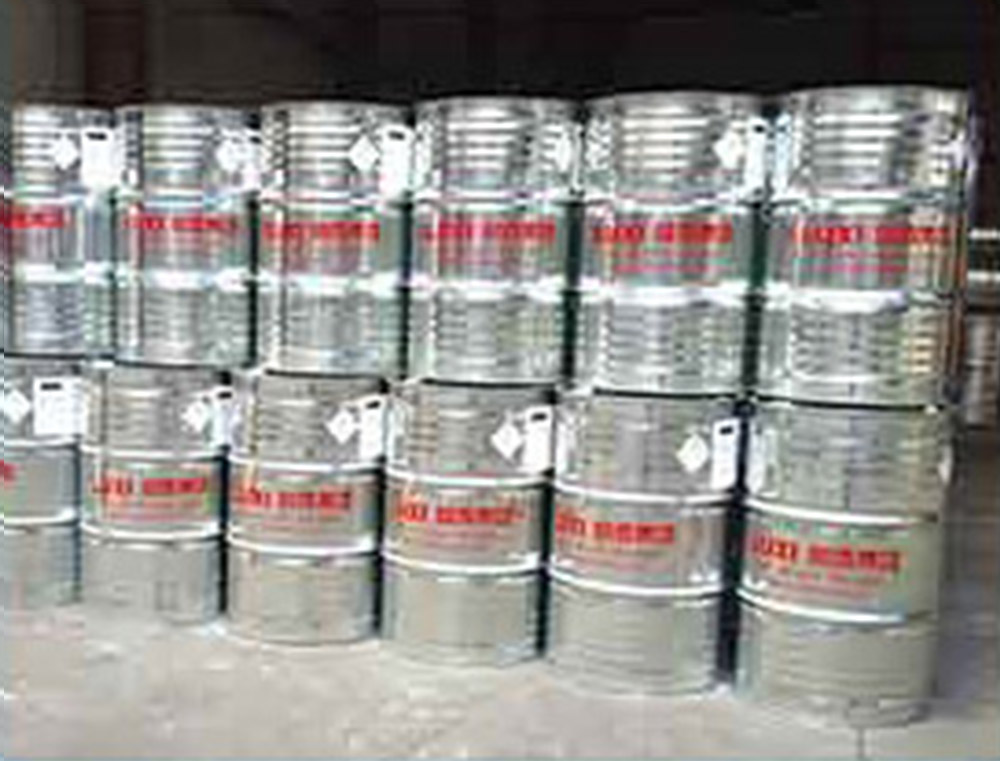1. Chemical Structure and Properties
Molecular Formula: C₂Cl₄
Structural Formula:
A chlorinated hydrocarbon with a symmetrical, planar structure consisting of two carbon atoms double-bonded and bonded to four chlorine atoms.
Physical Properties:
Appearance: Clear, colorless liquid with a sharp, ether-like odor.
Boiling Point: 121°C; Density: 1.62 g/cm³; Vapor Pressure: 14 mmHg at 25°C.
Solubility: Negligible in water (0.015 g/100 mL at 20°C); miscible with most organic solvents (e.g., ethanol, ether).
Chemical Properties:
Stability: Non-flammable and non-reactive under normal conditions; decomposes at >150°C to release phosgene (COCl₂) and HCl.
Solvency: Powerful lipophilic solvent for oils, greases, and waxes.
2. Industrial Applications
Dry Cleaning:
Primary Solvent: Dominated the dry-cleaning industry (80% use historically) due to its grease-removing efficiency.
Decline: Phased out in many regions (e.g., EU, California) due to toxicity concerns.
Metal Degreasing:
Vapor Phase Cleaning: Removes machining oils from automotive and aerospace components.
Chemical Synthesis:
Intermediate: Produces hydrofluorocarbons (HFCs) and fluoropolymers.
Textile Processing:
Spot Remover: Eliminates oil-based stains in industrial laundries.
3. Safety and Toxicology
Health Hazards:
Acute Exposure:
Inhalation (≥100 ppm): Dizziness, headache, and CNS depression (TLV-TWA: 25 ppm).
Skin Contact: Defatting action causes dermatitis; systemic absorption possible.
Ingestion: Highly toxic (oral LD₅₀ rat: 3,000 mg/kg); liver and kidney damage.
Chronic Effects:
Carcinogenicity: Classified as Group 2A (probable human carcinogen) by IARC due to bladder and lung cancer risks.
Neurotoxicity: Peripheral neuropathy and cognitive impairment in occupational settings.
Protection Measures:
PPE: Chemical-resistant gloves (e.g., Viton®), organic vapor respirators, and ventilation.
Storage: Sealed containers in cool, ventilated areas away from alkaline materials.
4. Environmental and Regulatory Compliance
Environmental Impact:
Groundwater Contamination: Persistent (half-life >6 months) and a common Superfund site pollutant.
Air Emissions: Contributes to ground-level ozone formation (VOC classification).
Bioaccumulation: Moderate (log Kow: 3.4); detected in aquatic organisms.
Regulatory Frameworks:
EU:
REACH: Restricted in consumer products (Annex XVII); banned in dry cleaning since 2007.
CLP: Classified as Carc. 1B (H350), Repr. 1B (H360D).
USA:
EPA: Regulated under Clean Air Act (HAP) and Clean Water Act; NESHAP limits for dry cleaners.
California Proposition 65: Listed as a carcinogen and reproductive toxin.
China:
GB 8978-1996: Effluent limit: 0.1 mg/L; air emission limit: 20 mg/m³.
Waste Management:
Incineration: High-temperature (>1,200°C) with HCl scrubbing.
Bioremediation: Anaerobic microbial degradation to ethene (pilot-scale).
5. Case Studies and Application Insights
Case 1: Transition to Wet Cleaning in EU Dry Cleaners (2010–2025):
Challenge: Replace PCE with eco-friendly alternatives.
Solution: Adoption of liquid CO₂ and silicone-based solvents (e.g., GreenEarth®).
Result: 90% reduction in solvent-related health complaints and 60% lower energy use.
Case 2: PCE Contamination Remediation (New York, 2018):
Site: Former manufacturing facility with groundwater PCE levels >5,000 µg/L.
Technology: In situ chemical oxidation (ISCO) using activated persulfate.
Outcome: 99% degradation achieved within 12 months; site delisted from Superfund.
Comparative Analysis:
PCE vs. Hydrocarbon Solvents (e.g., n-Propyl Bromide):
Pros: Higher solvency and non-flammability.
Cons: Higher toxicity and regulatory restrictions.
PCE vs. Liquid CO₂ Cleaning:
Pros: CO₂ is non-toxic and recyclable; PCE offers faster cycle times.
Specifications:
Perchloroethylene is a clear, stable, high-purity solvent with excellent degreasing and cleaning properties, widely used in dry cleaning, metal cleaning, and chemical processing, available from China Amines Co.


